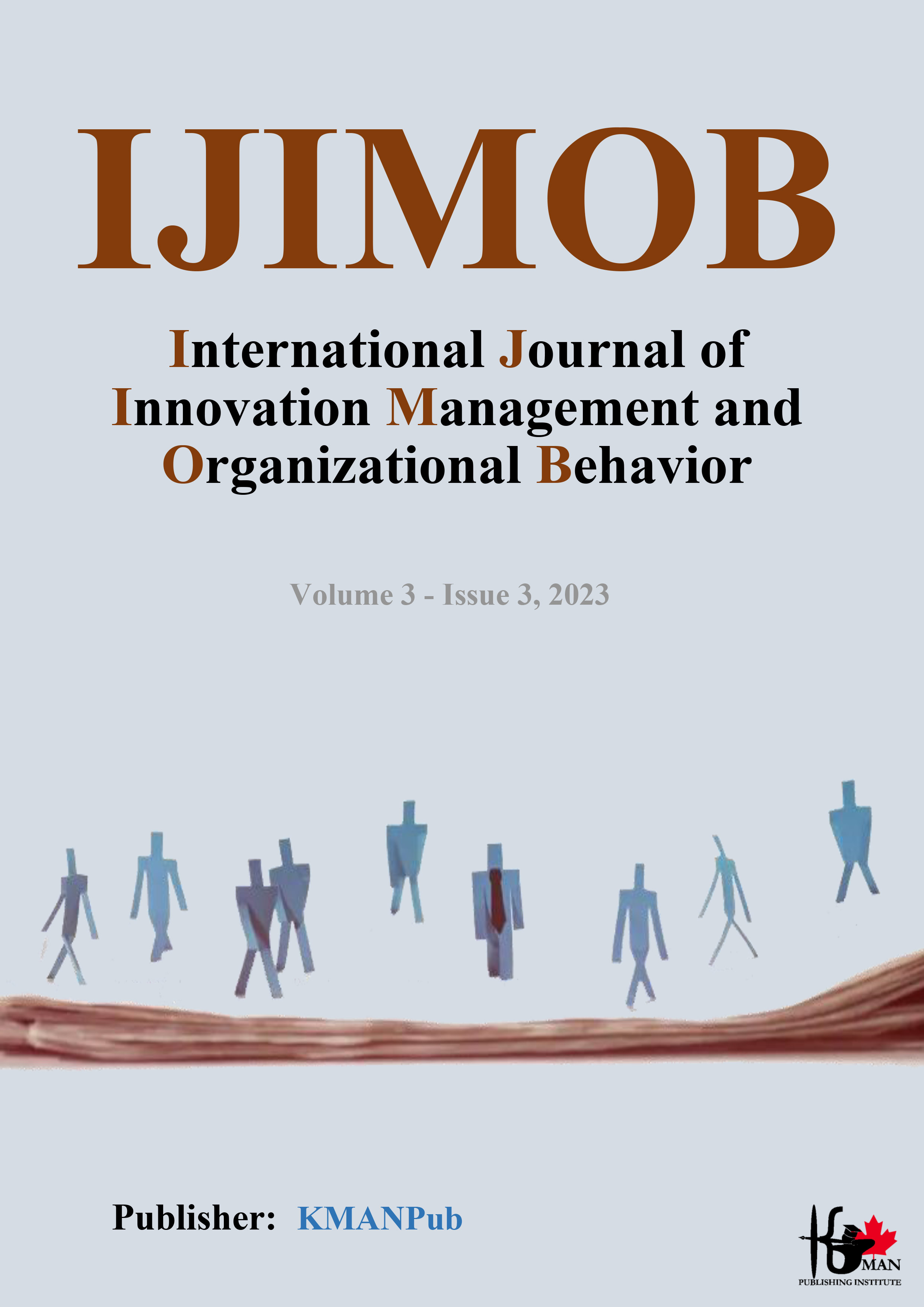Strategies and Consequences of Developing Fluid Capacity of Human Resources in Maskan Bank
Abstract
Objective: This study aimed to examine the strategies and consequences of developing the fluid capacity of human resources in Maskan Bank.
Method: The current research method was mixed (qualitative-quantitative) and applied in nature. The qualitative section's population included academic experts and specialists in the field of human resources, while the quantitative section involved managers, experts, and employees of Maskan Bank. In the qualitative part, a purposive sampling method was used, and in the quantitative research, stratified random sampling was employed. The research instruments in the qualitative part consisted of semi-structured interviews, and in the quantitative part, a questionnaire based on qualitative findings was used. The validity of both sections of the study was assessed through a face validity method. For analyzing the findings, coding method was used in the qualitative part, and structural modeling and confirmatory factor analysis were applied in the quantitative section, using LISREL and SPSS24 software.
Findings: The findings showed that the strategies (including customer satisfaction, creating competitive advantage, strengthening financial and economic structure, improving productivity, enhancing human resource empowerment, job independence of employees, and realizing the bank's macro goals and strategies) explained 58% of the variance, and the consequences (knowledge-based organizations, enhancing specific knowledge and skills, updating banking knowledge, creating added value, expanding an effective work environment, creating learning networks, and attracting competent human resources) explained 54% of the variance in developing the fluid capacity of human resources (P<0.05).
Conclusion: Based on the results, it can be said that the development of the fluid capacity of human resources in Maskan Bank is influenced by both strategies and consequences; therefore, banking system planners can consider these factors for further improvement of the bank.
Downloads
Downloads
Additional Files
Published
Issue
Section
License
Copyright (c) 2023 Majid Kazeminasab, Behzad Mashali (Author)

This work is licensed under a Creative Commons Attribution-NonCommercial 4.0 International License.


























